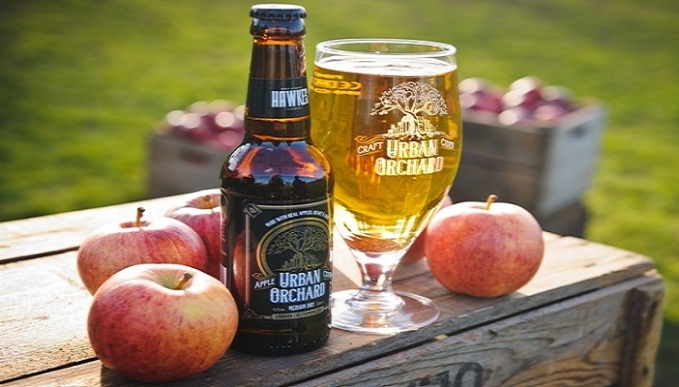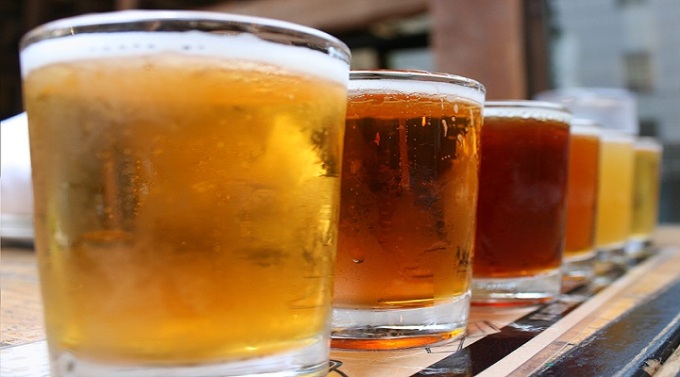- UAE UPS market has been anticipated to grow at a significant pace over the coming five years majorly on the grounds of growing number of SMB’s in the UAE.
- During 2015, the UAE UPS market was dominated by the systems below 10 KVA. This trend has been projected to continue as the below 10 KVA UPS systems are set to become even more popular over the coming years due to the growing SMB sector of UAE.
- Major players such as APC, Vertiv, Eaton, TrippLite and others are in plans to expand their operations and increase their channel partners to increase their market share.
UAE UPS market has been witnessing considerable year on year growth over the past decade as the number of SMB’s and other commercial establishments have continuously risen during the period. Number of SMB’s in the UAE has inclined to 400 thousand in 2015, resulting in high demand for UPS especially for UPS Systems with KVA rating less than 10. Moreover, the IT and data center market of the country has also enhanced providing a significant boost to the industry over the period 2010-2015.
UAE UPS market thrives majorly from the import of tools from countries such as China, the Philippines, Germany, Italy, US, India, France, Slovakia and others. Almost all the manufacturers present in the industry are importing all of their goods from these countries. No major players operating in the market is manufacturing their UPS systems domestically in the UAE. There is no custom duty on UPS imports due to which all the major players are importing their products and saving on various investment costs. This trend is likely to continue as UAE is not considered as a manufacturing hub. Any new players entering the market are also likely to import only rather than producing the goods domestically.
Indirect channel will remain the most prevalent way of selling UPS systems in the UAE. Majority of the manufacturers in the market have channel partners spread in different parts of the country. Major companies such as APC, Eaton, Emerson Network Power/Vertiv and Tripp Lite have a distribution network consisting of two entities, Resellers and System Integrators. All these players will be enhancing their stronghold in the market by expanding their distribution network and increasing their number of channel partners.
According to Research Analyst Ken Research, the companies should set up a large distribution network in the UAE. All the major players in the market have an extensive network of dealers and system integrators. Without an extensive dealer presence, it is very difficult for a new entrant to establish a base in the market. A widespread dealer network must be set up to compete with players such as APC, Vertiv, Eaton and Tripp Lite in the UAE. Secondly, a new entrant should keep in mind that almost all the products in the market are sold by system integrators. A new entrant should offer various incentives to these system integrators in exchange for promoting their brand over others.
Key Topics Covered in the Report
- Executive Summary
- Research Methodology
- Market size of UPS Market in the UAE
- Segmentation of UPS Market in the UAE by Type of UPS Systems
- Segmentation of UPS Market in the UAE by KVA Rating
- Segmentation of UPS Market in the UAE by End Users
- Import Scenario of UPS Systems in the UAE
- Customer’s Buying Decision Parameters
- Government Compliances in the UAE UPS Market
- Trends and Developments in the UAE UPS Market
- Competition Scenario in the UAE UPS Market
- Market Share of Major Players in the UAE UPS Market, 2015
- Competitive Landscape of Major Players in the UAE UPS Market
- UAE UPS Market Future Outlook and Projections, 2016-2020
- Line Interactive UPS
- Online Single Phase UPS
- Online Three Phase UPS
- Stand-by UPS
- APC by Schneider Electric
- Emerson Network Power/Vertiv
- Eaton
- TrippLite
- Socomec
- AEG Power Solutions
https://www.kenresearch.com/energy-and-utilities/power/uae-ups-market-report/80396-103.html
Related Reports
India Solar Inverter Market Outlook to 2020 - Continuous Government Support and Advent of Micro Solar Inverter to Foster Future Growth
Hinduja-India Solar Power Stations Program 1000 Mw-India-Construction Project Profile
NLC-Southern India Solar Power Plant Program 4000 Mw-India-Construction Project Profile
Contact Us:
Ken Research
Ankur Gupta, Head Marketing & Communications
Ankur@kenresearch.com
+91-9015378249






